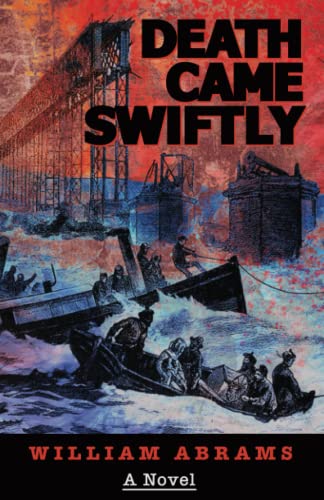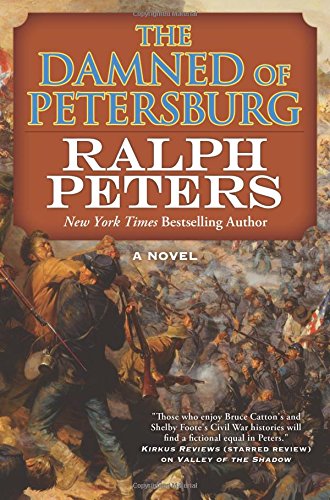Death Came Swiftly: A Novel about the Tay Bridge Disaster of 1879
When the Tay Bridge was completed in February 1878, it was the longest bridge in the world. Considered a marvel of late nineteenth century engineering, the bridge spanned the Firth of Tay from Dundee to Wormit in Scotland. So great was the public appreciation of the bridge that its designer, well-known engineer Thomas Bouch, was awarded a knighthood upon its completion. However, Bouch’s success was short-lived. At around 19:15 on the treacherously stormy night of December 28, 1879, the bridge collapsed as the Burntisland–Dundee passenger train was crossing it. All seventy-five people aboard the train were killed.
With Death Came Swiftly, William Abrams has used the Tay Bridge disaster as inspiration for a tense and emotionally charged story of the apparently everyday events that form the buildup to a truly terrible disaster. Focusing on two engineers who are at very different stages of their careers, Abrams begins with the competition to design a bridge over the Firth of Fee, which would entail one of the greatest engineering projects of the era. Charles Jenkins is a young engineer struggling to establish himself after pursuing the belief that steel represents the future of engineering, while Stewart Darrs is a veteran engineer who has made a career out of building railways and iron bridges. Although Jenkins remains convinced of the merits of his steel design, Darrs is awarded the contract to build a traditional bridge.
When the story jumps five years into the future, Jenkins has secured moderately satisfactory employment as an engineer on day-to-day projects, while Darrs is still ploughing on with the Fee Bridge project, which is now running around two years late and significantly over budget. Although both the railway company and the construction company are facing bankruptcy, the decision is made to build another bridge, this time across the nearby Firth of Forth. It seems that Jenkins may get a second chance to pursue his dream of a steel bridge, although doing so will not be without personal cost for him. Meanwhile, Darrs is battling environmental, technical, and weather-related problems as he attempts to find a way to get the project back on schedule.
William Abrams is clearly well versed and extremely passionate about engineering and bridge building, and his enthusiasm shines through as Jenkins, Darrs, and other characters discuss the merits and weaknesses of their preferred designs and construction methods. A lot of information is presented, but in such a highly readable fashion that the story never fails to entertain as it educates. Abrams masterfully builds tension as the bridge projects progress, and that tension is neatly reflected in the personal lives of Darrs and Jenkins, particularly the love triangle that the latter finds himself embroiled in.
While the ultimate end of the Fee Bridge project comes as no surprise, it’s still both thrilling and appalling to read. Abrams allows a sense of dread to build as inspectors note cracks beginning to develop and weather conditions worsen, before the final train begins its doomed crossing of the bridge. Steering clear of sensationalism, Abrams concentrates on the aftermath of the disaster from the perspectives of Darrs and Jenkins, reflecting the recommendations and recriminations that followed the Tay Bridge disaster. As Death Came Swiftly makes clear, no one individual can really be responsible for a tragedy of such magnitude, leaving readers with much to ponder.
| Author | William Abrams |
|---|---|
| Star Count | /5 |
| Format | Trade |
| Page Count | 340 pages |
| Publisher | The Sager Group LLC |
| Publish Date | 10-Oct-2021 |
| ISBN | 9781950154623 |
| Bookshop.org | Buy this Book |
| Issue | February 2022 |
| Category | Historical Fiction |
| Share |





